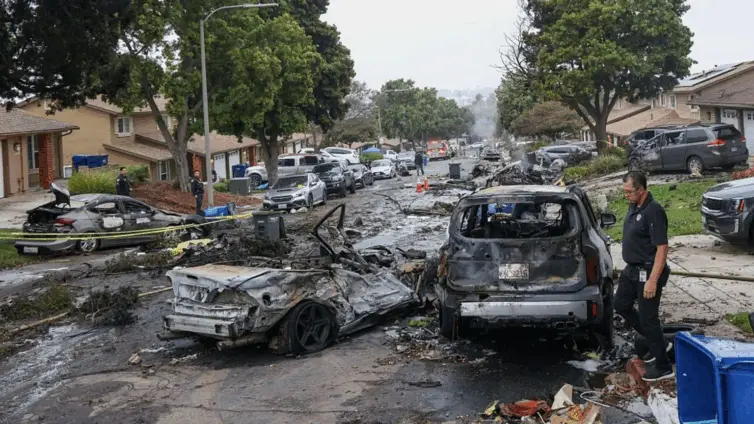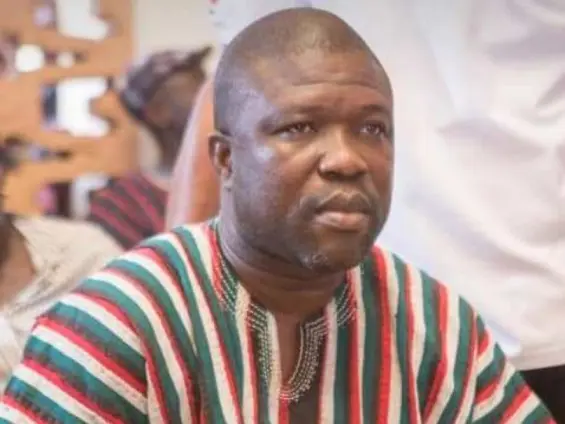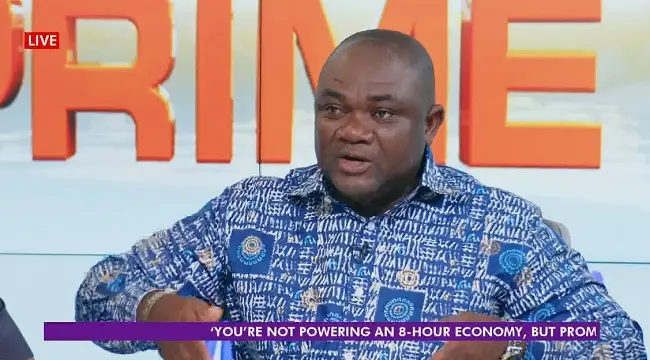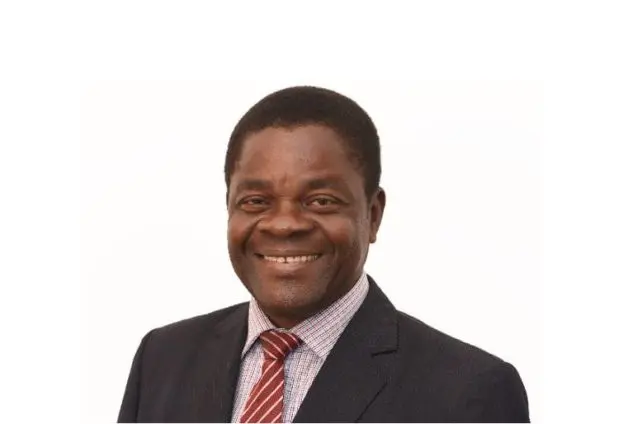In recent years, Ghana has made significant strides in expanding electricity access across the nation. National data indicates a promising trajectory, yet beneath this progress lies a stark disparity. While the southern regions enjoy relatively high electrification rates, a considerable gap persists in the northern part of the country. Although overall “Electricity Access Ghana” is improving, “Northern Ghana Electrification” continues to lag, creating an uneven landscape of development and opportunity.
According to the 2025 Energy Statistics Report from the Ghana Statistical Service, Ghana’s electricity access rate increased from 88.8% in 2023 to 89.4% in 2025. This positive trend, however, obscures the challenges faced by communities in the north, where access remains consistently lower, hindering economic growth and perpetuating energy poverty.
The North-South Divide: An Uneven Electrification Landscape
The contrast in electricity access between the northern and southern regions of Ghana paints a clear picture of regional disparities. The numbers reveal a significant divide that demands attention and targeted action. The northern part of the country consistently lags behind the national average, hindering its potential for economic and social development.
While Ghana’s electricity access rate has seen improvements, from 88.8% in 2023 to 89.4% in 2025 (according to national data), these gains are not uniformly distributed. The northern regions struggle to keep pace, contributing to a widening gap. This “Electricity Access Ghana” challenge highlights the need for focused interventions to address “Regional Disparities.”
The five northern regions—Upper East, Upper West, Northern, Savannah, and North East—account for only 18.8% of the national population, according to the Ghana Statistical Service. This lower population density contrasts sharply with the southern belt, where the majority of Ghanaians reside in the Greater Accra, Ashanti, Central, and Western Regions. This “Population Distribution” directly impacts “Electrification Rates,” with the more densely populated south benefiting from more extensive infrastructure and greater access.
Despite their smaller population sizes, the northern regions are disproportionately underserved in terms of electricity access. The pace of progress in these regions has not kept up with the national average, reinforcing the need for tailored strategies. The challenges surrounding “Northern Ghana Electrification” are complex, requiring a multi-faceted approach to improve “Energy Access” for these communities.
Reinforcing these differences, data suggests the northern regions are disproportionately underserved despite a smaller population, struggling to keep pace with national electrification averages. This requires a focused approach to “Northern Ghana Electrification”, understanding its direct ties to “Energy Access” for the region.
The Shift from Hydro to Thermal Power: Implications for Ghana’s Energy Sector
Over the past two decades, Ghana’s energy mix has undergone a significant transformation, shifting from a reliance on hydropower to a greater dependence on thermal power. This shift has profound implications for the nation’s energy sector and its economic stability.
Currently, thermal sources account for approximately 70% of the country’s installed electricity capacity, while hydropower contributes only around 28%. This transition to “Thermal Power Ghana” has reduced reliance on traditional “Hydropower” sources, influenced by factors like fluctuating rainfall and dam capacity.
The reliance on thermal energy, however, has come at a significant cost. Ghana now faces a substantial $2.5 billion debt to Independent Power Producers (IPPs). This “Ghana Energy Debt” strains the national economy, diverting resources from other critical sectors. Managing these obligations to “Independent Power Producers” is crucial for long-term financial health.
This reliance on Thermal power in Ghana has resulted in a large debt of $2.5 Billion to IPP’s. Addressing the mounting “Ghana Energy Debt” to “Independent Power Producers” is now a critical challenge in the nation’s economy.
Addressing the Electricity Gap: Potential Solutions and the Role of ECG
Bridging the electricity gap in the northern regions of Ghana requires a comprehensive approach that encompasses policy reforms, strategic investments, and innovative solutions. Prioritizing renewable energy sources and strengthening the Electricity Company of Ghana (ECG) are crucial steps towards achieving sustainable electrification.
Investing in renewable energy sources, such as solar and wind power, in the northern regions presents a viable and sustainable solution. Targeted policies to improve electricity infrastructure are also essential, and public-private partnerships can accelerate electrification projects. These efforts would support “Renewable Energy Ghana” and “Sustainable Electrification” strategies.
The Electricity Company of Ghana (ECG) plays a vital role in improving service delivery in the northern regions. Investments in infrastructure upgrades and grid expansion are necessary to enhance reliability and reach underserved communities. Additionally, strategies to reduce electricity theft and improve revenue collection can contribute to the financial sustainability of the sector. Thus, the “Electricity Company of Ghana”, or “ECG”, requires investment.
Policy suggestions involve investments into northern renewable energy projects, especially wind and solar, to encourage “Renewable Energy Ghana” and foster “Sustainable Electrification”.
Ultimately the Electricity Company of Ghana plays a large role in all this. By upgrading infrastructure and reducing energy theft “Electricity Company of Ghana” or “ECG” can more efficiently deliver service to Northern regions.
In conclusion, addressing the electricity access disparity between the northern and southern regions of Ghana is crucial for achieving equitable development. The shift to thermal power has created financial challenges, but targeted interventions and policies can bridge the gap. Focusing on the southern belt as a separate region to allow it to grow can assist in providing a separate focused approach to dealing with the current electrification situation in the north. Addressing both “Electricity Access Ghana” and “Northern Ghana Electrification” is essential for unlocking the north’s economic potential and improving the lives of its residents.
Image Source: MYJOYONLINE





















